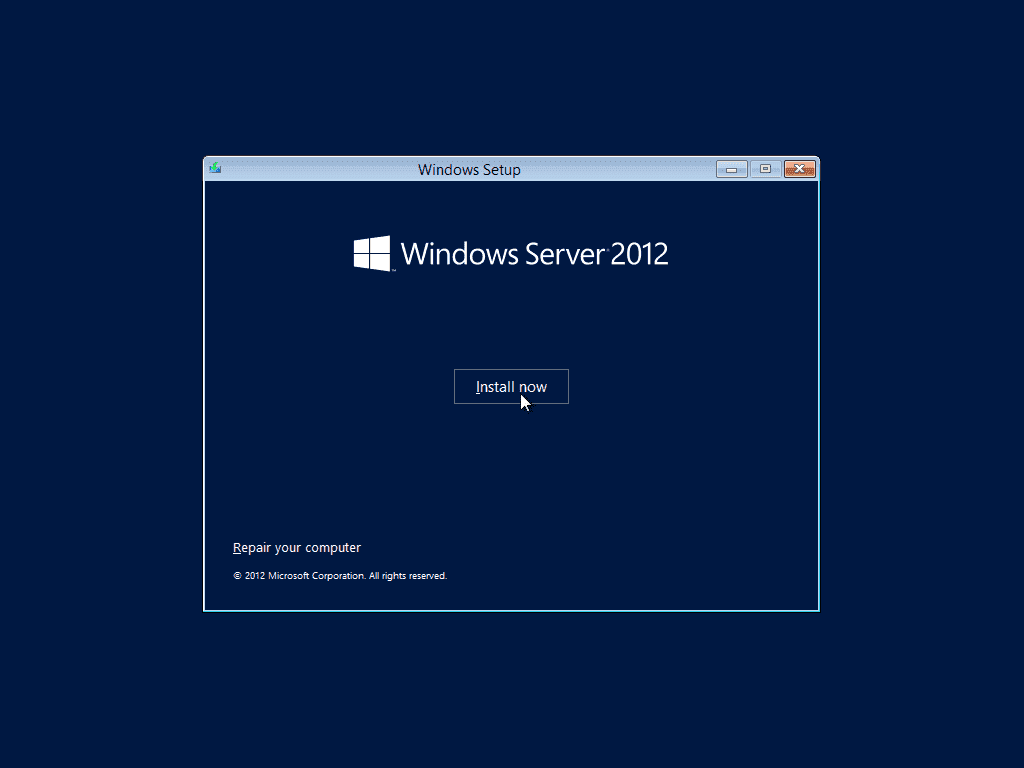

- WINDOWS SERVER 2012 REMOTE DESKTOP CLUSTER UPDATE
- WINDOWS SERVER 2012 REMOTE DESKTOP CLUSTER SOFTWARE
- WINDOWS SERVER 2012 REMOTE DESKTOP CLUSTER WINDOWS
WINDOWS SERVER 2012 REMOTE DESKTOP CLUSTER WINDOWS
It excludes the graphical user interface, WoW64 (support for 32-bit software) and Windows Installer. Microsoft announced a new installation option, Nano Server, which offers a minimal-footprint headless version of Windows Server. VMs will be paused until connectivity is re-established.
Storage Resiliency feature of Hyper-V is formed for detecting transitory loss of connectivity to VM storage. Hot add and remove for network adapters (for generation 2 virtual machines) and memory (for generation 1 and generation 2 virtual machines). WINDOWS SERVER 2012 REMOTE DESKTOP CLUSTER UPDATE
Integration services for Windows guests distributed through Windows Update.Hyper-V Manager: Alternate credentials support, down-level management, WS-Management protocol.New, more efficient binary virtual machine configuration format (.VMCX extension for virtual machine configuration data and the.
.jpg) Storage quality of service (QoS) to centrally monitor end-to-end storage performance and create policies using Hyper-V and Scale-Out File Servers. The cluster continues to function at a Windows Server 2012 R2 feature level until all of the nodes in the cluster have been upgraded and the cluster functional level has been upgraded.
Storage quality of service (QoS) to centrally monitor end-to-end storage performance and create policies using Hyper-V and Scale-Out File Servers. The cluster continues to function at a Windows Server 2012 R2 feature level until all of the nodes in the cluster have been upgraded and the cluster functional level has been upgraded. 
Rolling Hyper-V cluster update: Unlike upgrading clusters from Windows 2008 R2 to 2012 level, Windows Server 2016 cluster nodes can be added to a Hyper-V Cluster with nodes running Windows Server 2012 R2.
WINDOWS SERVER 2012 REMOTE DESKTOP CLUSTER SOFTWARE
Hyper-V Network virtualization: Programmable Hyper-V switch (a new building block of Microsoft's software-defined networking solution) VXLAN encapsulation support Microsoft Software Load Balancer interoperability better IEEE Ethernet standard compliance. Network Controller: A new server role to configure, manage, monitor, and troubleshoot virtual and physical network devices and services in the datacentre. IP address management (IPAM): Support for /31, /32, and /128 subnets discovery of file-based, domain-joined DNS servers new DNS functions better integration of DNS, DHCP, and IP Address (DDI) Management. Windows Server Gateway now supports Generic Routing Encapsulation (GRE) tunnels. DNS Server: DNS policies, new DDS record types (TLSA, SPF, and unknown records), new PowerShell cmdlets and parameters. DNS client: Service binding – enhanced support for computers with more than one network interface. DHCP: As Network Access Protection was deprecated in Windows Server 2012 R2, in Windows Server 2016 the DHCP role no longer supports NAP. Web Application Proxy: Preauthentication for HTTP Basic application publishing, wildcard domain publishing of applications, HTTP to HTTPS redirection, Propagation of client IP address to backend applications. Failover Clustering: Cluster operating system rolling upgrade, Storage Replicas. It periodically replicates snapshots, and the replication direction can be changed. It's not multi-master, not one-to-many and not transitive. Storage Replica replicates blocks instead of files files can be in use. Storage Services: Central Storage QoS Policies Storage Replicas (storage-agnostic, block-level, volume-based, synchronous and asynchronous replication using SMB3 between servers for disaster recovery). Remote Desktop Services: Support for OpenGL 4.4 and OpenCL 1.1, performance and stability improvements MultiPoint Services role (see Windows MultiPoint Server). Windows Defender: Windows Server Antimalware is installed and enabled by default without the GUI, which is an installable Windows feature.  Active Directory Federation Services: It is possible to configure AD FS to authenticate users stored in non-AD directories, such as X.500 compliant Lightweight Directory Access Protocol (LDAP) directories and SQL databases. Windows Server 2016 has a variety of new features, including
Active Directory Federation Services: It is possible to configure AD FS to authenticate users stored in non-AD directories, such as X.500 compliant Lightweight Directory Access Protocol (LDAP) directories and SQL databases. Windows Server 2016 has a variety of new features, including



.jpg)




 0 kommentar(er)
0 kommentar(er)
